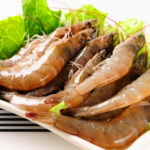When it comes to fried fish, most people assume that it is an easy dish to prepare. Simply put the fish in hot oil and fry until both sides are golden brown. However, achieving a delicious fried fish dish is not as simple as it seems.
Over-frying can lead to burnt fish, while under-frying may result in undercooked, pungent-smelling fish. So, is there an easy way to fry fish that doesn’t stick to the pan?

Tips for Delicious, Non-Stick Fried Fish
Veteran chefs always follow these three simple tips when frying fish: Keep the fish dry → Heat the pan → Don’t flip frequently. Adhering to these principles will ensure that your fish is golden and crispy, with no broken skin. Especially, the outside will be crispy and fragrant, while the inside will be tender and sweet—delicious!
Keep the Fish Dry
After removing the internal organs, rinsing, and cleaning the fish to remove any fishy odor, be sure to pat the fish dry. Removing excess moisture from the surface of the fish will help prevent oil splatter and, more importantly, prevent the skin from sticking to the pan.
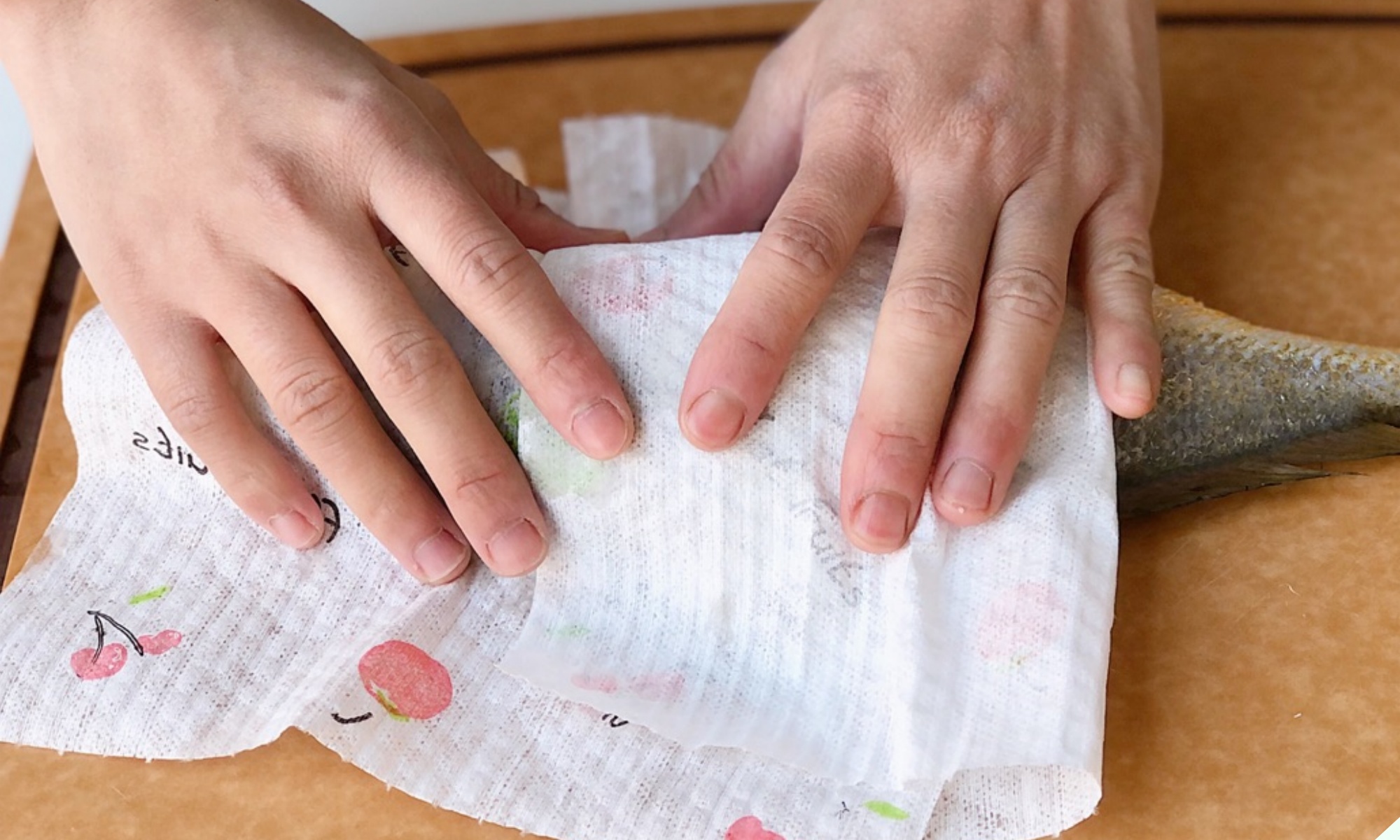
Heat the Pan
Place a clean pan on the stove, preferably a non-stick pan. Turn on the heat and let the pan get hot before adding oil. This is a little-known trick to prevent fish from sticking to the pan.
When the oil reaches a temperature of 70-80°C (158-176°F), start frying the fish. This way, the fish skin will tighten and not break.
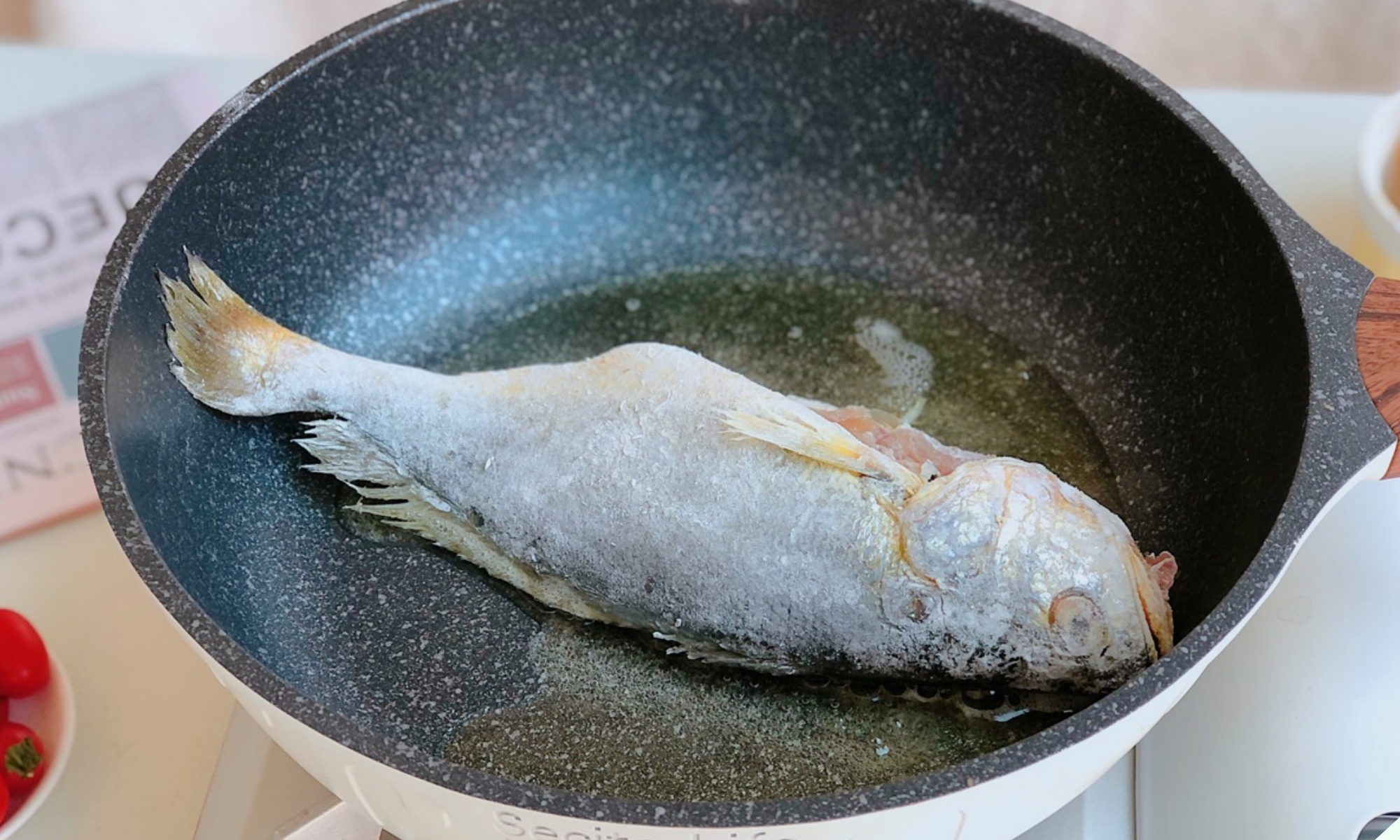
Don’t Flip the Fish Frequently
Cooking, especially frying, requires a lot of patience. Many people tend to flip the fish too often because they are in a hurry. This is the main reason why the fish breaks and crumbles.
According to chefs, you should wait for one side of the fish to turn golden before flipping it over. This way, the fish will not tear, and it will cook evenly, resulting in a delicious, non-pungent dish.

Check out the following tips from Bếp Eva on how to fry fish to perfection.
How to Fry Tilapia Without Splattering
Ingredients
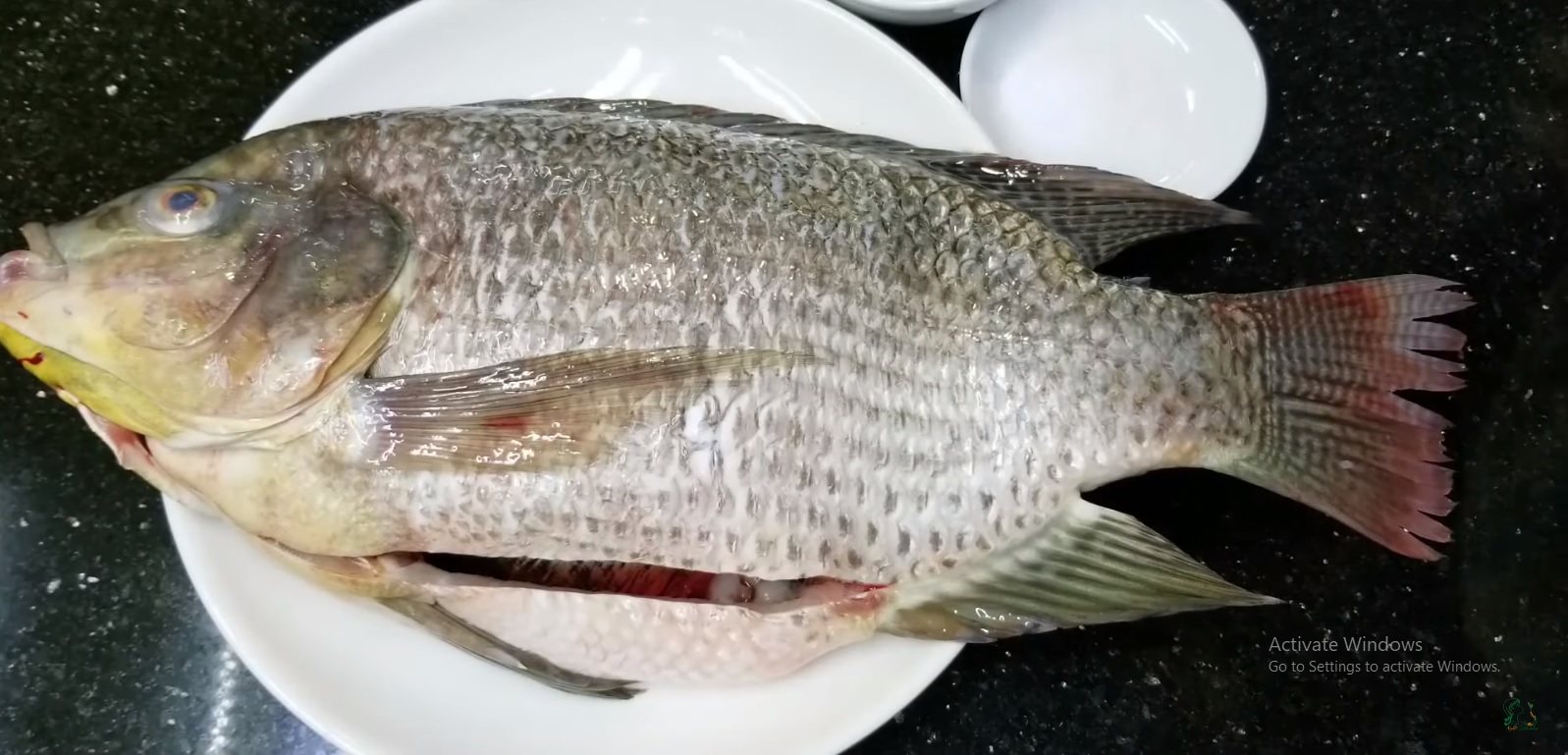
– Tilapia: 1.5kg
– Salt
– White vinegar
– Cornstarch
Tips for Choosing Fresh Tilapia
– Look for tilapia that are still swimming vigorously.
– The eyes should be clear and slightly pink, not cloudy.
– The scales should be tightly layered.
– The skin should be bright, not dull.
– Fresh tilapia has a characteristic odor. If it smells strange or too fishy, it is not fresh.
Steps to Fry Tilapia
Step 1: Prepare the Fish
– Remove the internal organs, scales, and gills from the tilapia, then rinse thoroughly.
– Mix a little salt and vinegar with water and soak the fish for about 10 minutes.

– This step ensures that the fish is completely clean and removes any fishy odor.
Step 2: Marinate the Fish
– Use a knife to make slits on the body of the fish to help it absorb the marinade.

– Place the cleaned fish in a large bowl and add 1-2 teaspoons of salt.

– Rub the salt all over the fish and let it marinate for 30 minutes.
– Use paper towels to pat the fish dry.
Step 3: Fry the Fish
– Heat a non-stick pan over the stove. Add enough oil to submerge the fish.
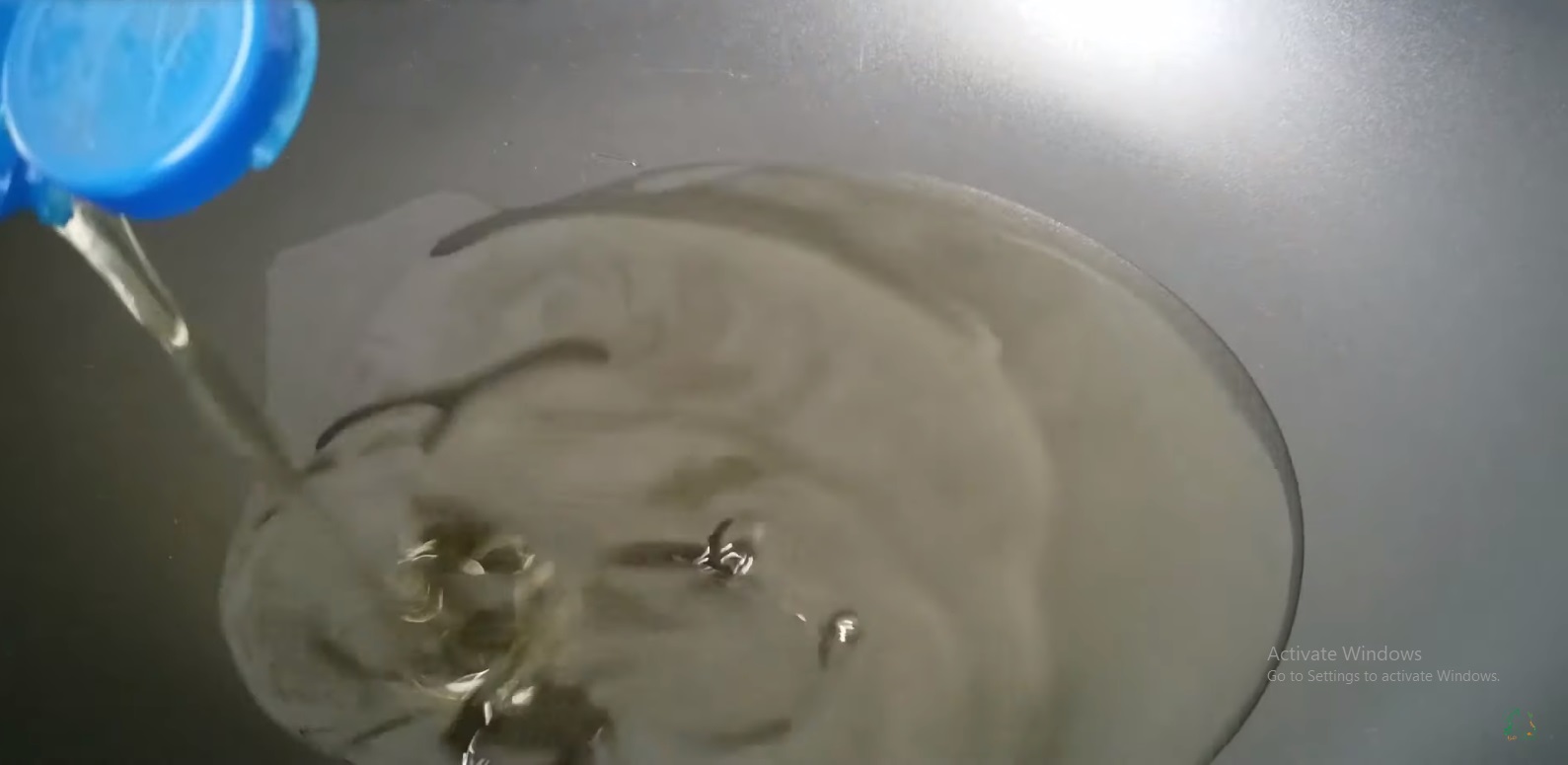
– When the oil is hot, add a teaspoon of cornstarch. This will help reduce oil splatter and give the fish a beautiful golden color.

– Carefully place the marinated and dried fish in the hot oil and fry until golden. Note that you should only flip the fish when one side is fully cooked to prevent it from breaking.
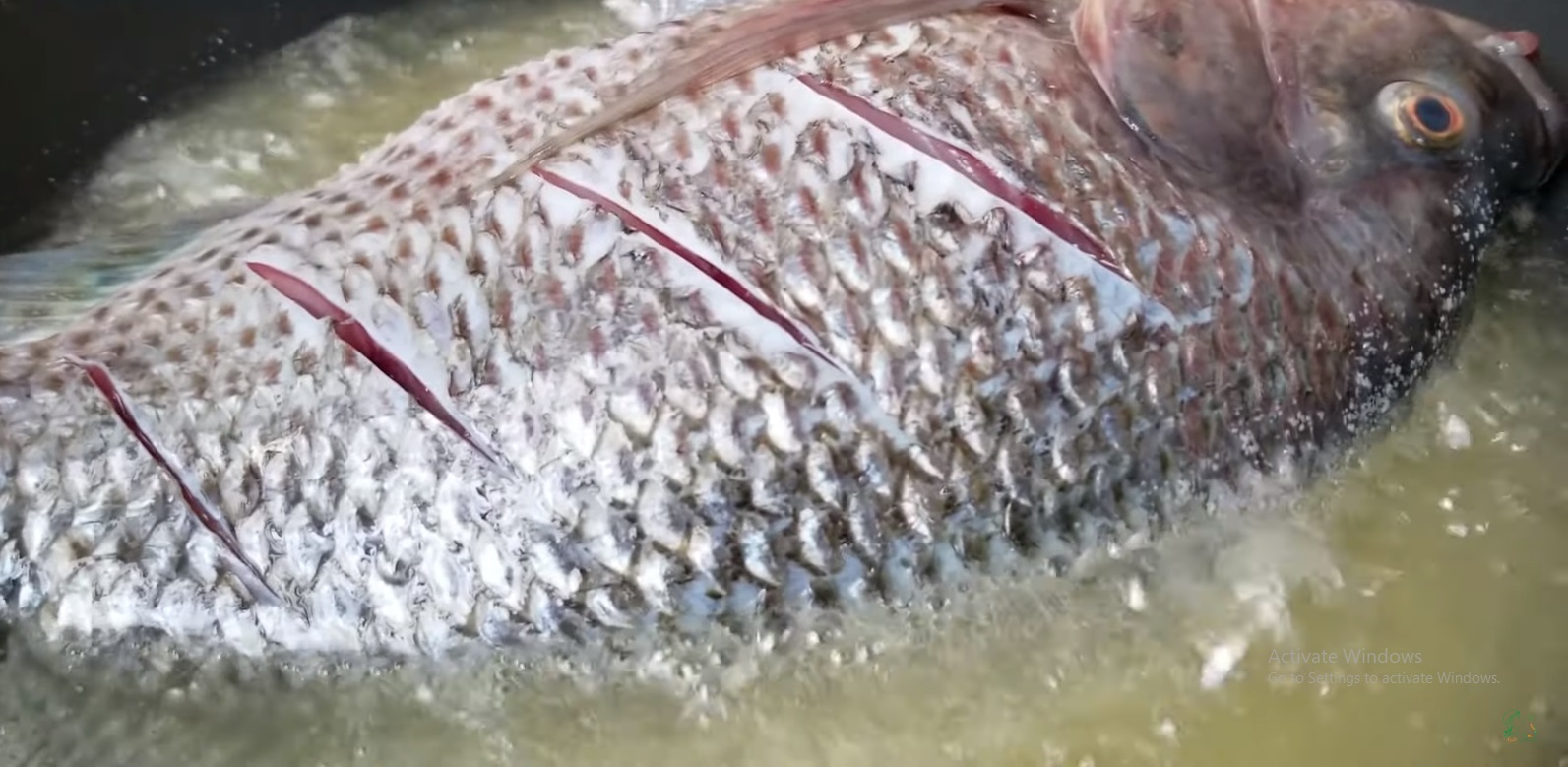
It is also important to maintain a moderate heat during the frying process to ensure even cooking.
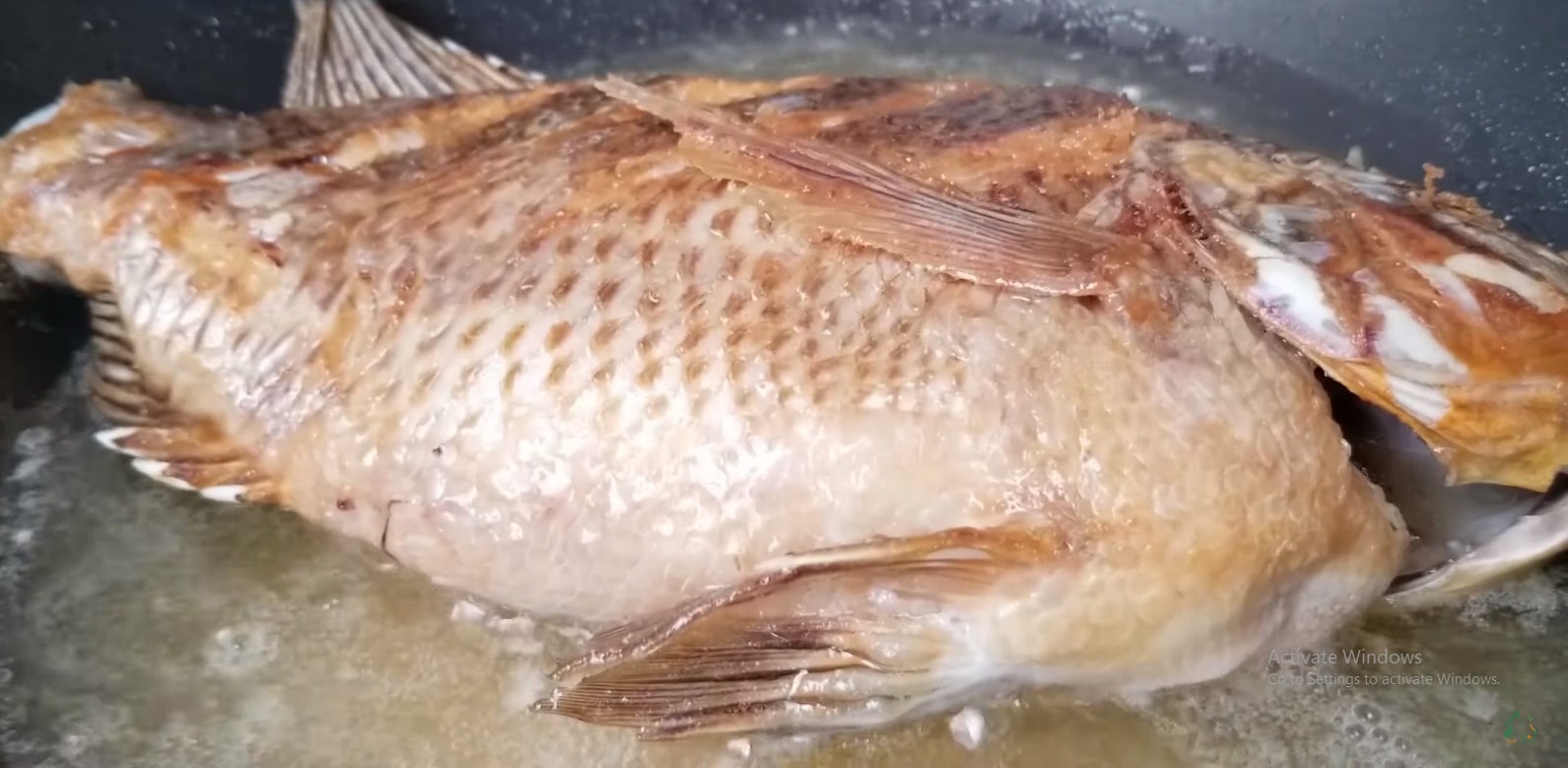
Step 4: Finish and Serve
Once the fish is golden on both sides, remove it from the oil. Do not turn off the heat immediately after removing the fish, as this can cause the oil to seep back into the fish.

The fried fish should have a crispy, fragrant exterior and tender, sweet meat.
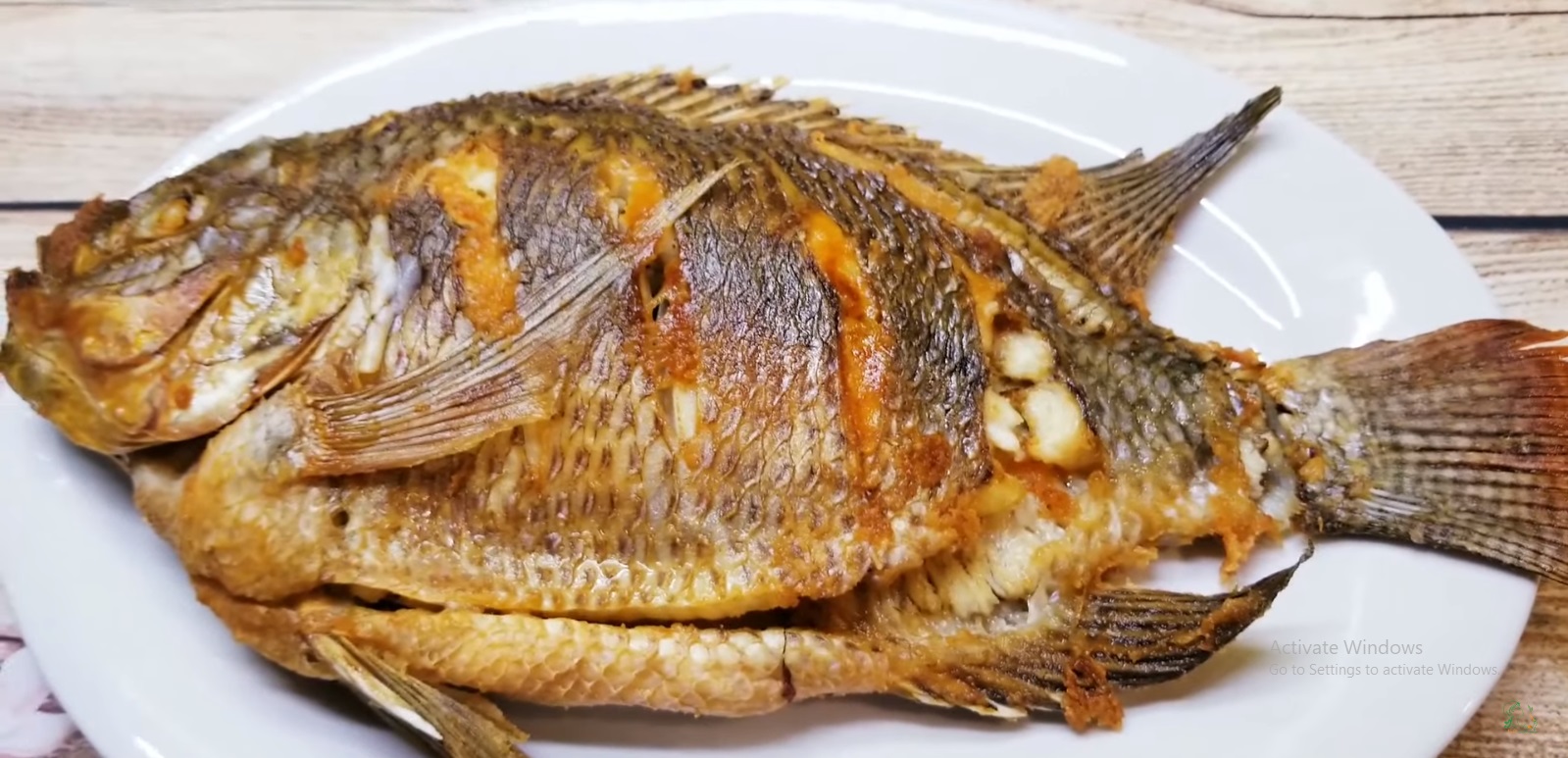
Serve it with white rice or noodles, and dip it in a spicy, sour, and garlicky fish sauce for a truly mouthwatering experience.
The Secret to Delicious Boiled Shrimp: A Magic Ingredient
“It turns out that this liquid is the secret to making boiled shrimp taste and look better. The clear, colorless liquid enhances the natural flavor of the shrimp, making it more delicious and appealing. But that’s not all; it also gives the shrimp a beautiful, vibrant red color that is sure to impress. So, what is this magical liquid, and how does it work its wonders? All will be revealed as we dive into the fascinating world of shrimp preparation and presentation.”
The Secret Recipe to the Legendary KFC Fried Chicken Since 1940
The KFC recipe is a closely guarded secret, but we’re here to reveal the secrets to creating delicious, crispy, and mouth-watering fried chicken. Stay tuned as we unravel the mysteries behind this iconic dish and share with you the ultimate guide to achieving KFC-level quality. Get ready to impress your taste buds and become a master of fried chicken perfection!
























